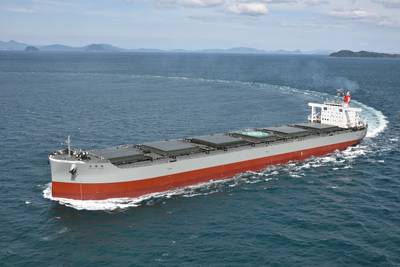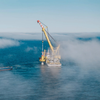Baltic Index [Finally] Gains on Higher Capesize Demand
The Baltic Exchange's main sea freight index, tracking rates for ships transporting dry bulk commodities, snapped its 12-day losing streak on Thursday, powered by a rise in demand for capesize vessels.
The overall index, which factors in rates for capesize, panamax and supramax shipping vessels, gained 11 points or 1.1 percent - after falling 12 sessions in a row - to 1,020 points.
The capesize index marked its first gain in 12 days, rising 7.1 percent, or 67 points, to 1,007 points. "The fourth quarter does deliver solid volumes to the market – and it seems as if the recent weakness was a bit of 'overshooting' on the downside," said Peter Sand, chief shipping analyst at industry lobby group BIMCO.
"Having said that – the capesize sector is not happy about the stalling Chinese iron ore imports," Sand said. China's imports of iron ore dropped to a four-month low in October, customs data showed on Nov 8.
Average daily earnings for capesizes, which typically transport 170,000-180,000 tonne cargoes such as iron ore and coal, increased $471 to $8,458. "Every time the Capesize index falls below the Panamax and Supramax index it signals that a bottom is in with a rebound very likely to follow shortly," ship broker Fearnleys said in a weekly report on Wednesday.
The panamax index shed 18 points, or 1.2 percent, to 1,466 points, its lowest since Aug. 16. Average daily earnings for panamaxes, which usually carry coal or grain cargoes of about 60,000 tonnes to 70,000 tonnes, fell by $147 to $11,731.
The supramax index eased 12 points to 970 points.
Reporting by Brijesh Patel











